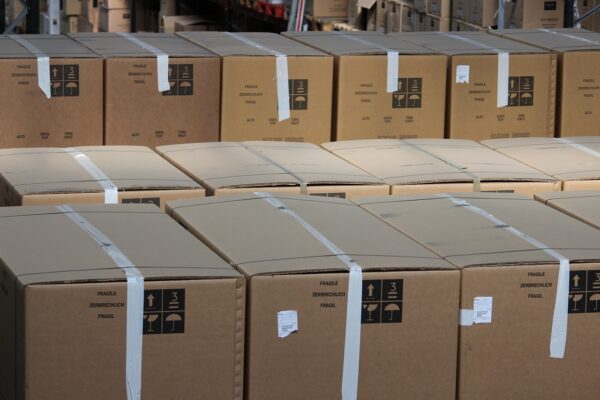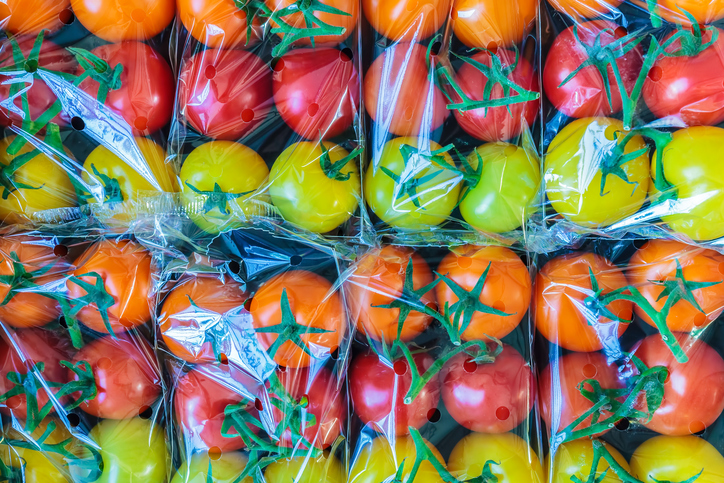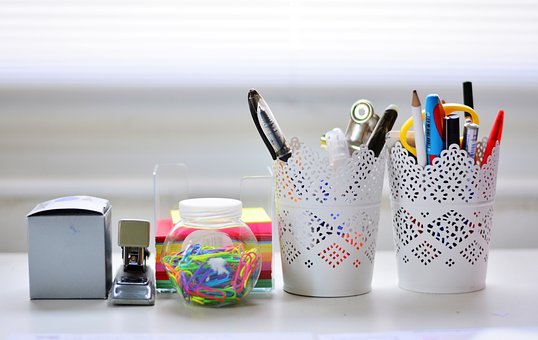Product packaging has a rich history, but it is an ever-evolving concept and there is more variety in product packaging today than ever before. There are several reasons for this, and foremost among them are consumer and producer needs, as well as the new opportunities brought by ever-advancing technology and environmental concerns. The effects of these factors can be readily seen on our shelves, but here are three of the major changes that have transformed product packaging in recent years.

Shrink Wrapped Packaging
Printed heat shrink sleeves have revolutionized the packaging of bottles and other irregular shaped objects, as it means that the label can encompass the whole of the object in question, rather than simply occupy a relatively small space on the front. Shrink sleeve packaging means that there’s much more space available for manufacturers to promote their product and its benefits, but it also allows them to create packaging that’s much more striking and visually creative. This combination means that the shelves of our supermarkets are more aesthetically pleasing than in former years. Another advantage that printed heat shrink sleeves bring is that images and text can now wrap around the container, meaning that they can be seen and read from all angles.
Environmentally Friendly Packaging Solutions
The effects of climate change can be seen all around us, and a growing number of people name environmental concerns as one of their main worries. Many consumers have now adopted a greener lifestyle that affects every aspect of their everyday lives, and this includes shopping, which is why manufacturers who use extraneous packaging could find consumers turning against them. Reducing waste is one of the keys to shrinking your carbon footprint, so eco-aware consumers will often favor products and brands that keep their packaging to a minimum. As this trend grows, we can expect to see smaller packaging reaching stores.
New Packaging Materials
The drive towards a greener brand of consumerism is also impacting upon the materials that are used in packaging. Plastic waste is a major threat to our oceans, and to marine and avian life, and this has been increasingly featured in the media. It’s not just small, niche manufacturers that are now looking at alternatives to plastic for their packaging, and so the use of alternative and more environmentally friendly packaging materials is sure to continue to grow. There has already been a noticeable trend towards the use of cardboard product packaging again, and recyclable and biodegradable alternatives to plastic, such as bioplastics, are also likely to see exponential growth in the years ahead.
Environmental concerns are becoming just as important as financial and marketing considerations when it comes to product packaging. One likely outcome is that packaging will become smaller and bear more relation to the product contained within it, but that means that manufacturers will have to be smarter when it comes to packaging design and the information upon it. For this reason, minimalist packaging that grabs the attention because of its sparse nature and printed heat shrink sleeves are both likely to become more popular with manufacturers and consumers alike.




